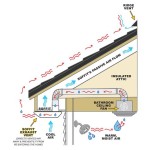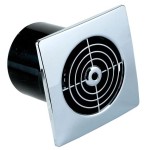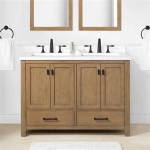Bathroom Sink Parts Terminology
Understanding the terminology associated with bathroom sink parts is essential for anyone looking to repair, replace, or upgrade their bathroom sink. Knowing the names and functions of different components ensures efficient communication with plumbers, contractors, or manufacturers. This article provides an overview of the common parts found in bathroom sinks, clarifying their roles and significance in the overall functionality of the fixture.
The Basin and Surroundings
The most visible part of a bathroom sink is the basin, the bowl-shaped container that holds water. The basin can be made of various materials, including ceramic, porcelain, stainless steel, or composite. Its design and size vary widely, ranging from compact pedestal sinks to large double-bowl vanities. The basin is often accompanied by a countertop, which can be made of natural stone, laminate, or solid surface materials. The countertop provides a flat surface for placing toiletries and other items.
The faucet, a crucial part of any bathroom sink, is responsible for regulating water flow. Faucets come in various styles, finishes, and functionalities, offering different features such as single-lever controls, dual handles, or touchless operation. The faucet is attached to the sink through a spout, a pipe that extends from the faucet body and directs water into the basin. The drain assembly directs water away from the basin, consisting of several components, including a drain stopper, a strainer, and a tailpiece that connects the drain to the plumbing system.
The Plumbing System
Beneath the surface, the plumbing system connects the sink to the water supply and drainage. Water supply lines, made of flexible tubing or rigid pipe, carry water to the faucet. These lines are typically connected to the faucet with compression fittings or threaded connections. The drain line, usually made of PVC pipe, carries wastewater away from the sink and into the main drainage system.
A pop-up drain assembly is a common feature in bathroom sinks. It utilizes a lever or push-button mechanism to control the flow of water through the drain. The lever or button is connected to a rod that raises or lowers a stopper within the drain opening. This assembly allows for easy draining of the basin and prevents debris from entering the drain line.
Additional Components
Depending on the sink's design and features, there might be additional components. Some sinks include a built-in soap dispenser, providing a convenient way to dispense liquid soap near the basin. Others may have overflow drain holes, preventing the basin from overflowing in case the faucet is left running accidentally. These holes are usually located on the exterior of the basin and connect to the drain line through a small pipe.
A vanity cabinet is often paired with a bathroom sink, offering storage space for toiletries, towels, and other bathroom essentials. The cabinet can be attached to the wall or freestanding, depending on the installation method and the specific design.
Understanding Terminology is Key
Understanding the terminology associated with bathroom sink parts is essential for communicating effectively with professionals and making informed decisions about repairs, replacements, or upgrades. It allows for accurate identification of specific components, ensuring the right parts are used during maintenance or installation. Knowing the terminology will also help you understand the functionality of each part and its contribution to the overall performance of the bathroom sink.

Parts Of A Sink The Home Depot

Bathroom Kitchen Accessories Water Tap Faucet Parts Names Agruma And Home Appliances Supplier Malaysia
Bathroom Faucets 1 Rona

Basic Plumbing Terminologies That You Need To Know Kevin Szabo Jr Services Local Plumber Tinley Park Il

Kitchen Sink Plumbing Parts Remodel Diy Design
Bathroom Sinks 1 Rona

20 Parts Of Bathroom Sink Drain

Parts Of A Sink The Home Depot

Bathroom Sink Popup And Stopper Problems

Moen Ca87004srs Kitchen Sink Faucet Ereplacementparts Com
Related Posts







